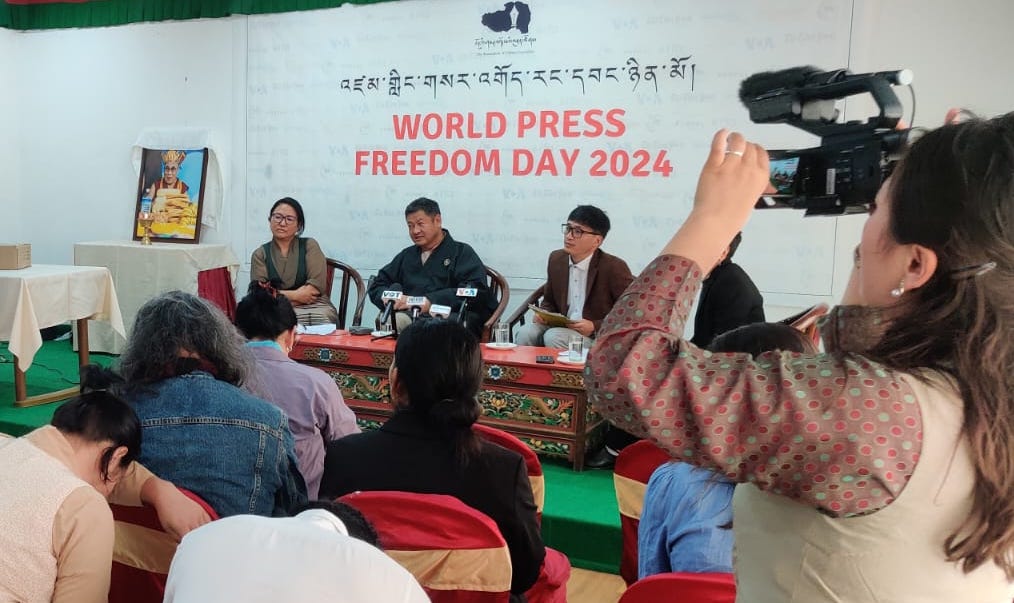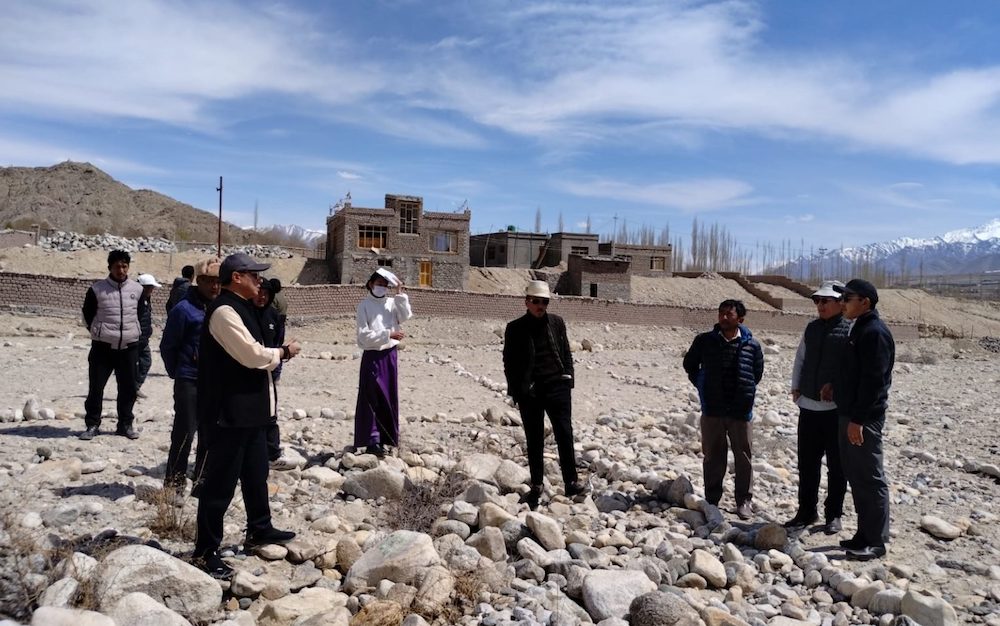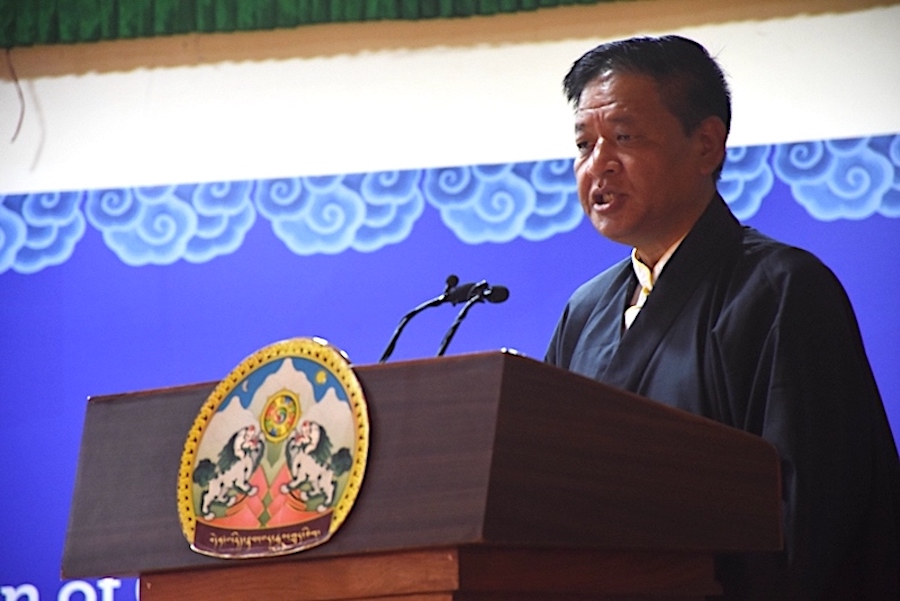By David Rennie in Washington
Ngawang Sangdrol does not look old enough to be China’s longest-serving female political prisoner, who has spent almost half her life behind bars. But she is only 26.
The tiny Buddhist nun, recently allowed to go to America for medical treatment after being released from Tibet’s gulag late last year, was first imprisoned at 13 for shouting in public: “Long Live the Dalai Lama!”
Sangdrol’s release was technically an act of mercy – she was due to remain in prison until 2011. In reality, her sudden freedom – like her imprisonment – was steeped in politics.
A central player in her release was John Kamm, an American businessman turned go-between on political prisoners for Beijing and Washington. He believes Beijing’s hardline stance on Tibet may be shifting under the guidance of the newly appointed president. Hu Jintao, the former party secretary of Tibet.
“I believe the decision to release several long-serving Tibetan prisoners is a signal to the Tibetan community in exile that the Chinese government might be willing to enter into discussions on greater autonomy – though not independence,” said Mr Kamm.
But describing a childhood in prison, Sangdrol could not recall any pity or compassion for her youth. “I saw how they beat older people and I underwent exactly the same,” she said. “They told us we were dirty waste that needed to be buried.”
She spent months in solitary confinement at the Gutsa detention centre in Lhasa. Guards beat her with steel rods and water pipes, trying to learn who organised her protest at the Dalai Lamas’ summer palace, the Norbulingka.
They tied her hands behind her back, suspending her by the wrists in the “aeroplane” position. She was given electric shocks with batons or a device like a telephone which sent current through a wire wrapped round her body.
Guards trying to frighten their child prisoner showed her a pitch-black dungeon, saying she would be locked inside. She was picked up by the ankles and shaken.
Released without charge aged 14, the young nun soon joined another protest. It was as brief as her first.
The demonstrators chose the Barkhor, a busy Lhasa market. “We were quite tense. We knew they would arrest us. But we were also determined to do something public. We wanted to give courage and determination to the Tibetan people and we wanted foreigners to know about it.”
The nuns managed to walk a few paces, shouting slogans, before police brought them down. She was sent to Tibet’s most notorious jail, Drapchi.
Her initial sentence was extended three times for such offences as recording a cassette tape of protest songs and failing to stand when a guard entered her cell.
She endured a decade of beatings, interrogations and forced labour. One job was carrying pails of human excrement into the prison greenhouse. “We had to use our bare hands to strain it.”
In Beijing, the communist rulers periodically agreed human rights concessions with western envoys and visiting ministers. But only the cynical echoes of such reforms reached Drapchi.
An order reached Lhasa outlawing beatings. “In my experience the only difference was that after beating us up they would try to clear up their marks. If there were bloodstains they washed them off,” said Sangdrol.
Another reform gave prisoners eight hours of free time a day. “They announced that weekends would be rest days and even distributed games for the prisoners.” In reality, prisoners had to labour into the nights and all weekend.
There were more lies when she left prison last year. “They told me they were letting me out because I was ill. I only learned later there was international pressure on my behalf.” She had to sign a statement saying she had not been beaten or tortured.
Now safe in Washington, the honoured guest of Tibetan exiles, Sangdrol barely seemed to notice her surroundings. She was intense, unsmiling, focused on those she left behind in Drapchi. “Many are sick. I would urge action to help the speedy release of political prisoners.”
She had one more request for western sympathisers. “When I left prison I saw lots of new buildings, big roads, lots of cars, electricity pylons. But I noticed that 98 per cent of vehicles seemed to be driven by Chinese. Most shops were owned by Chinese. The Chinese claim they are doing so much for the Tibetans, putting money in. If people visit they will know the facts.”
She is confident that Tibetans know the truth. “People’s wills have not changed. What they feel inside, they cannot say outside.”









